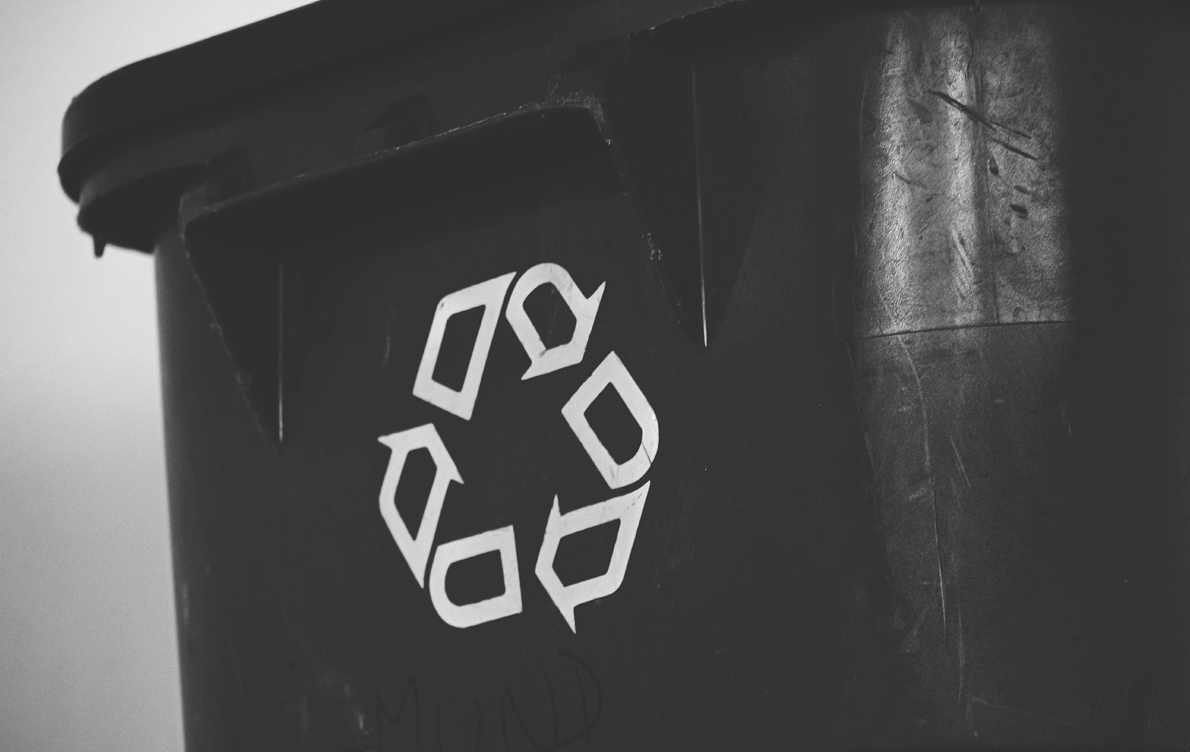Environmental Contamination Can Significantly Impact the Merits of a Property Tax Appeal
The New Jersey Tax Court recently ruled in Methode Electronics, Inc. v. Twp. Of Willingboro, Docket Nos. 019012-2010 and 014098-2011 (Tax January 22, 2015) that the assessment on contaminated property located in Willingboro, New Jersey must be reduced to a mere nominal amount due to its undevelopable condition. In Methode, the property owner manufactured printed circuit boards on a 3-acre parcel. As a result of the owner’s manufacturing activities, the property became contaminated with volatile organic compounds and metals. Methode ceased operations in 1999 and no other businesses operated at the property since that time. Except for the floor slab, all improvements were demolished. As part of its environmental cleanup obligations Methode installed a groundwater treatment system consisting of a number of wells. These monitoring wells were required to remain in place indefinitely. In addition, pursuant to a deed notice, the floor slab was also to permanently remain in place as a cap to prevent off-gassing of toxic vapors from soil and groundwater. The remaining portion of the property was paved and previously served as a parking lot and loading area for the facility.
In 2010, the Township of Willingboro (the “Township”) assessed the property at $404,600. That assessment was appealed by the owner and the Burlington County Board of Taxation reduced the assessment to $244,600. Methode thereafter further appealed its case to the Tax Court. Subsequently, in 2011, while the case relating to the 2010 taxes was still pending, the Township again assessed Methode’s property at $404,600. The 2011 tax assessment was then also appealed to the Tax Court and consolidated for trial with the 2010 matter.
In considering this consolidated matter, the Tax Court found that Methode’s proofs provided sufficient evidence to call into doubt the Township’s assessment and thereby overcame the presumption of correctness attaching to all municipal tax assessments. The Court was then required by law to determine the appropriate value of the property. In evaluating the property, the Tax Court concluded that the subject property did not have any utility due to the extensive costs associated with a cleanup of an indeterminate duration; the limited amount of land that remains free from encumbrance due to the required presence of remediation equipment and the maintenance of the 6,800 square foot concrete cap in order to prevent vapors from migrating into the atmosphere, and due to the continuing prospect that any owner or future owner would be exposed to continuing liabilities associated with the contamination.
Consequently, the Tax Court concluded that the property was indeed overassessed and reduced its assessment to the nominal sum of $2,000. In so holding, the Tax Court determined that prior precedence relating to contaminated properties was of little value because here a convincing showing was made that the property lacked utility in its current state and also lacked the prospect for utility into the immediately foreseeable future.
The impact on property value resulting from contamination therefore continues to be a critical component that must be addressed whenever evaluating the merits of a property tax appeal.
No aspect of this advertisement has been approved by the highest court in any state.
Results may vary depending on your particular facts and legal circumstances.
As the law continues to evolve on these matters, please note that this article is current as of date and time of publication and may not reflect subsequent developments. The content and interpretation of the issues addressed herein is subject to change. Cole Schotz P.C. disclaims any and all liability with respect to actions taken or not taken based on any or all of the contents of this publication to the fullest extent permitted by law. This is for general informational purposes and does not constitute legal advice or create an attorney-client relationship. Do not act or refrain from acting upon the information contained in this publication without obtaining legal, financial and tax advice. For further information, please do not hesitate to reach out to your firm contact or to any of the attorneys listed in this publication.
Join Our Mailing List
Stay up to date with the latest insights, events, and more






